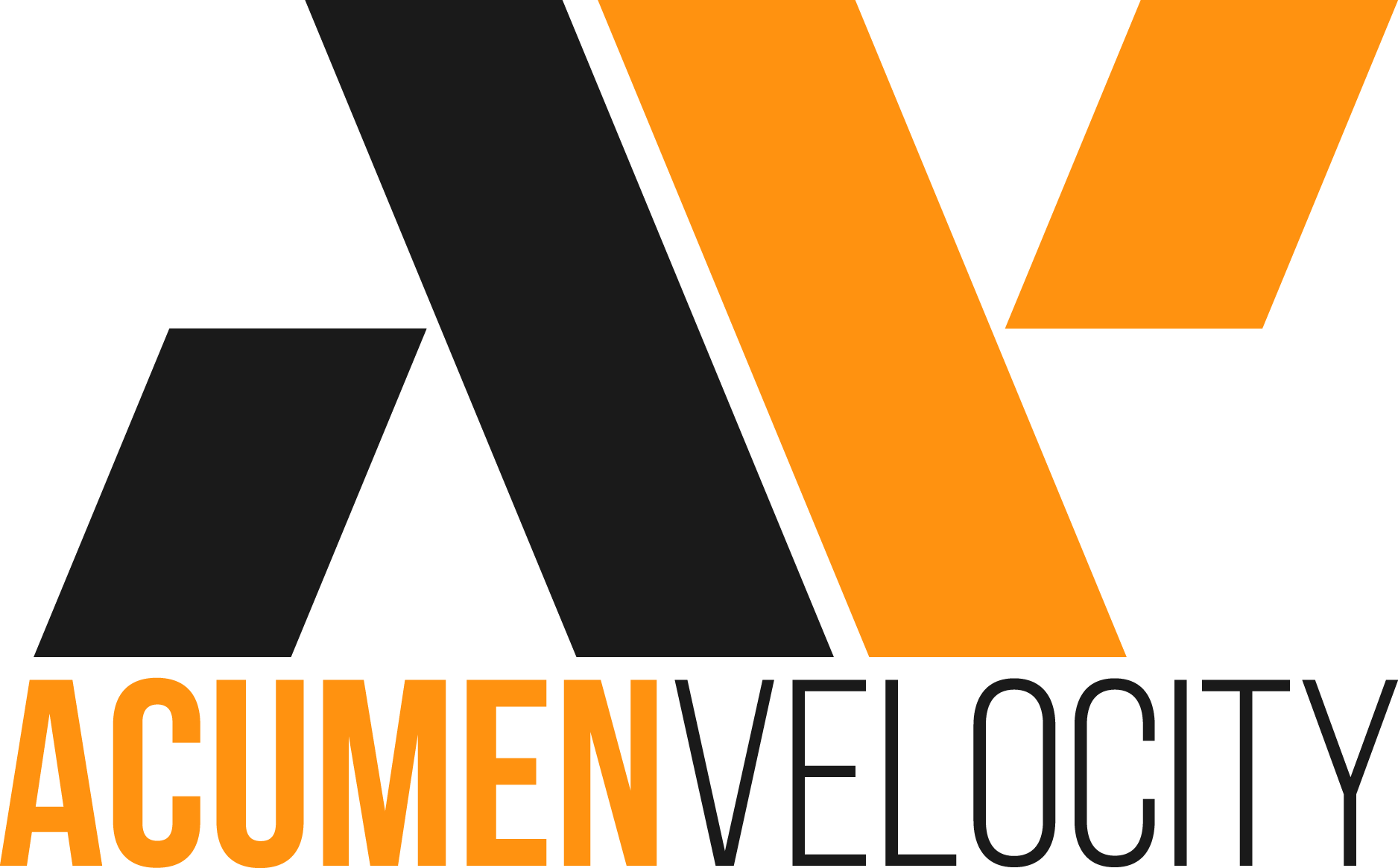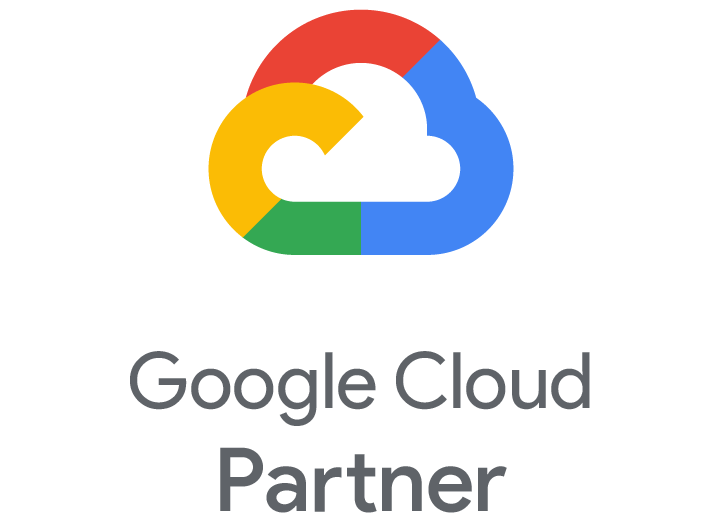If you want to capture more leads and customers, you need landing pages.
Landing pages are no longer an option for your online marketing campaigns.
The best way to thrive in this competitive business environment is by upgrading your marketing skills and always getting ahead of your competitors.
Landing pages will give you the leverage!
They’re designed to capture an audience and nudge prospects toward a specific action — such as joining an email list, sharing your story, downloading an eBook, or buying a product.
If a single landing page can generate $1 million for Moz, imagine what you can achieve with 2 or more high-converting landing pages.
Given the effectiveness of landing pages, some businesses have many landing pages for different campaigns.
If you want to understand what a landing page is, what it looks like, and how to use it, I wrote this comprehensive guide with you in mind.
To help you catch up with the intricacies of a landing page, let’s start with a simple definition.
What is a Landing Page?
A landing page is a standalone page on your website designed to offer a helpful resource to your ideal audience in exchange for their contact information (mostly name and email address).
Every landing page will have a capture feature — a form, which prompts visitors to enter their details such as First name, Email address, Phone number, and Profession.
Depending on your objectives, your landing page could request basic information such as first name and email address. Here’s a good example:
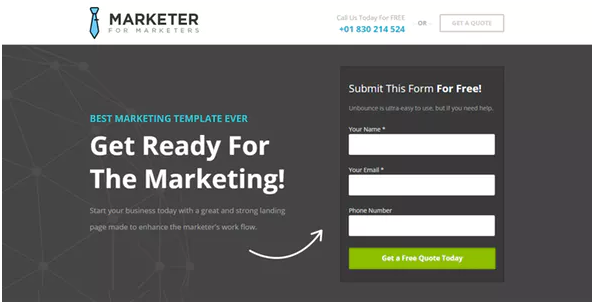
Alternatively, if you want more information from your prospects and customers, you can request more information from them. Just add more form fields to your landing page.
Here’s a good example from Lyft:

A good landing page is designed to meet the need of a target audience. It’s focused on a particular marketing channel — it could be a paid traffic where you’re promoting your new software.
If your landing page is targeting an audience that cares about your software, do you think they’ll enter their email address and names in the form fields?
You bet!
And when they do, you now have hungry leads that need to be spoon-fed additional information.
While you’re providing this information, you’ll be able to convert a higher percentage of these leads into paying customers — and build a long-term relationship with them.
Benefits of Landing Pages
The benefits of landing pages can’t be overemphasized. It’s become almost impossible to run any meaningful online campaign without one or more landing pages.
Big brands like Amazon, Coca-Cola, Nike, Starbucks, use landing pages to promote new deals, causes, or products.

Small businesses are not left out. At Acumen Velocity, we use landing pages to create awareness, generate leads, and drive sales for our clients’ business. We use landing pages as well in our paid ads.
For a landing page to achieve its goal, it must offer a free resource. Often, this is a 100% free resource.
Any valuable resource you’re giving away on your landing page in exchange for visitors’ contact information is known as “lead magnet.”

A lead magnet could be in the form of an eBook, a checklist, free trial, software, membership access, templates, tutorial videos, mobile apps, and so on.
Landing pages have one major focus: to get quality leads for your business.
Although you have the chance to define the type of leads you want for your business and the type of lead magnet you’re going to use.
Ultimately, you connect and build relationships with prospects and customers with your landing page. It’s where you initiate a rapport that will eventually lead to purchases, raving fans and followers, and happy customers.
If you’re wondering how best to use a landing page to capture leads and build relationships that last with future customers, here are 5 proven ways:
1. Event Registration
Events, in general, are exciting. The audience is always looking out for ways to participate. To draw more attention, offer rewards and deals. Here’s an example:
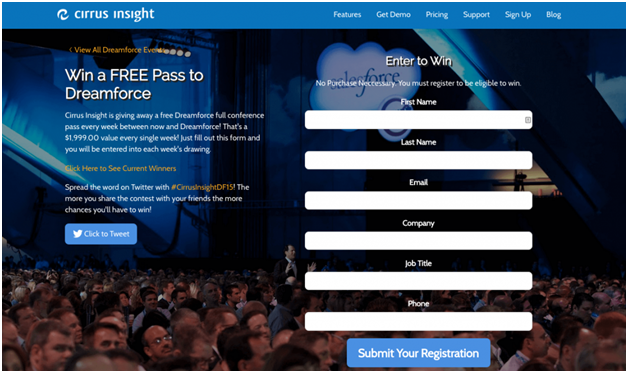
No matter your industry, you’ll notice that certain events draw a lot of attention. If you’re hosting any type of event, be it online or offline, you can use a landing page to request contact information from your audience.
As long as you promise to send useful updates before the event, you’ll get positive responses.
But there’s no limit to the number of landing pages you can design for your events. Since events have several sessions and keynotes, you can make each session a hyper-relevant landing page?
Having standalone pages for each session and keynotes will drive people who are interested in a particular speaker or topic. Interestingly, you can turn these interests into future products or content to engage these leads.
2. Free Trial of Your Product
If your business is offering a free demo of your product, there’s nothing as rewarding as turning your demo offering into its landing page. A menu button on your company’s homepage isn’t enough. Make your demo offering more accessible.
Here’s a free trial landing page from FreshBooks.
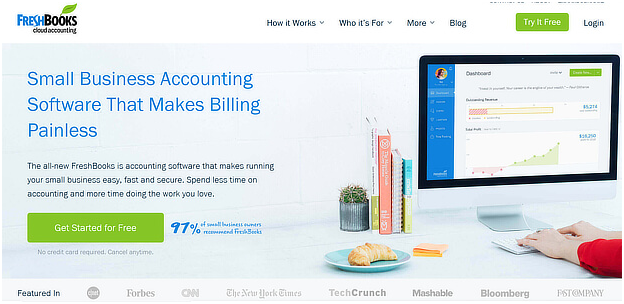
Note: There’s no obvious form on this landing page, but when the “Get Started for Free” button is clicked, a form pops up.
Make it easy for prospective customers to sign up for a free trial of your product or service.
Don’t overwhelm people with too many form fields, request for important information such as their name, email address, and any other essential information you need to deliver amazing customer experience.
3. Community Membership
Getting prospects to participate on your website is important. It helps to bond with them — and simplifies the boring aspect of making a purchase.
That’s why community membership platforms are highly successful. Since people want to connect and interact with other people, it’s a lot easier to get them to sign up for your email list.
Yes, you could make your community access invitation-only. This was the strategy that Pinterest, Dropbox, and other companies scaled with. They were able to generate hundreds of thousands of leads within a few years.
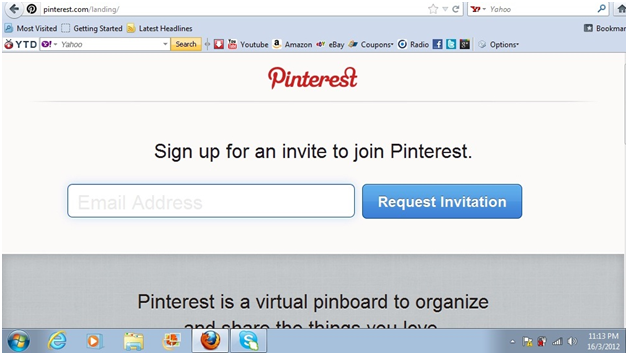
Create landing pages that nudge website visitors to join the conversation; ask questions, contribute to threads, and share their thoughts.
4. Mobile App Download
Mobile apps are hot right now. They’re great lead magnets for any type of business because most people are always on the go — on their mobile devices.

If you’re going to get more leads for your business, you can develop a mobile app and offer it as a free download. Use a landing page to drive this cause and capture new leads for your business.
5. Ebooks and Reports
Blog posts and articles have their place. But when you want to establish authority and elaborate on a subject as a thought leader, you should create an eBook or report to share with your audience.
Don’t just give it away for free, design a landing page and ask people who are interested in your eBook to submit their name and email address.
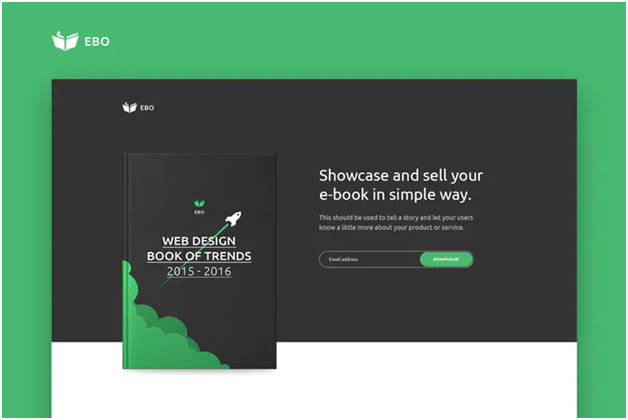
Ebooks and short reports are popular online because they’re easy to create but could generate results for months. People love to read interesting eBooks also.
Simply use a landing page to gate this eBook behind a lead capture form. The eBook will be available only to people who enter their first name and email address.
How Do Landing Pages Work?
A landing page performs the role of “exchange.”
You exchange your valuable resource (e.g., an eBook, free trial, or template) for a prospect’s contact information. It’s win/win for everyone.
Once a visitor to your page fills out a form, it’s a sign that they’re interested in your free information. So you’ve got to send it to them.
Yes, you can use landing pages to show your target audience how much they can make from your service.
Potential Airbnb hosts want to know how much they can make if they open up their homes for tourists and travelers. To solve their issue, Airbnb developed a tool that solves this problem. Take a look:
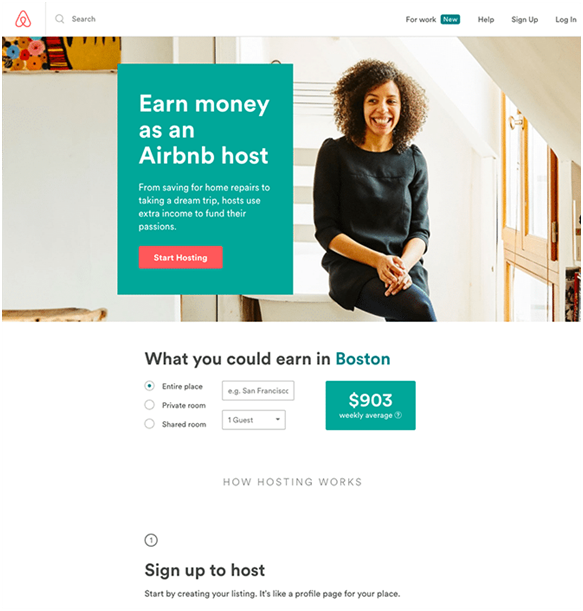
To help you understand how a landing page works, let’s break it down:
- A person clicks on your paid ad or link and ends up a ‘focused page’ with a form.
- He or she fills out the form in exchange for the free resource on the page.
- The person’s contact information is stored on a CRM tool.
- You build a relationship with the person (now a lead), based on the free information they got after filling out the form.
There are several customer relationship management (CRM) tools online. Most small businesses begin with email marketing software like MailChimp or ConvertKit, before switching to more robust platforms like HubSpot and Infusionsoft.
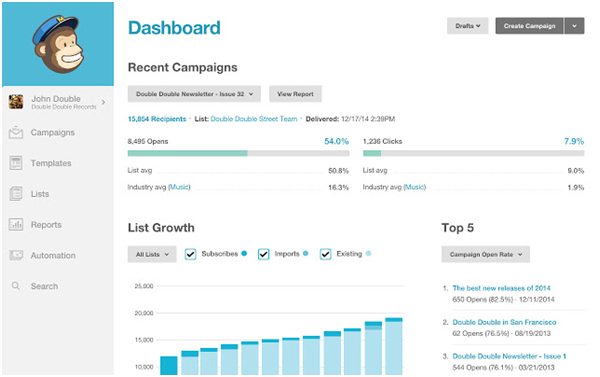
The essence of using any of the above tools is to help you interact with people who have signed up to get more information from you.
The more you send helpful information to these people (it happens automatically through an auto responder service), the more they trust you and your recommendations.
A nurtured lead is easier to convert into a marketing qualified lead (MQL), and become paying customers faster.
What’s the Difference Between Landing Page vs. Homepage?
Generally, a landing page has the same function as a well-designed homepage. The truth is that both ‘pages’ are designed to attract website visitors and engage with them.
However, landing pages serve a specific purpose, whereas a homepage usually serves more than one purpose.
For example, a landing page can be used to give away an eBook on “20 Ways to Thank Customers.” We’re assuming the business sells a help desk software or offers customer service tools.
HubSpot’s landing page is focused, and there are no distractions or menu bar whatsoever.
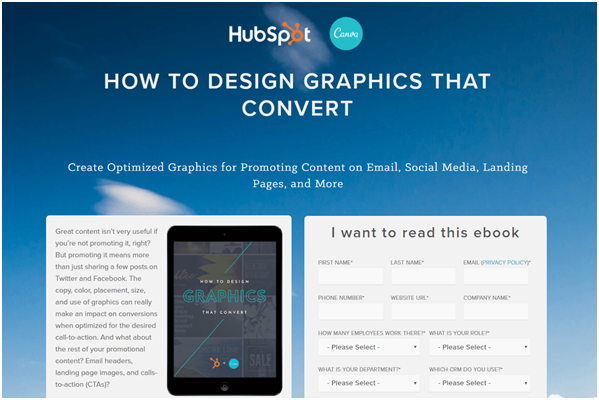
On the other hand, a homepage from the same company could show businesses that use their software, mission statement, homepage menu, services, new products, blog excerpts, and lead magnets (tools, newsletter, templates).
Here’s a homepage with menu buttons from Evernote:

As you can see, homepages can be messy at times, but landing pages are specific and often better for generating qualified leads.
A homepage needs to appeal to everyone in your market. This could be someone who has a slight interest or passionate about your subject. You want them to feel at home when they land on your homepage.
A landing page targets a smaller subset of your audience. So if your homepage is targeting Homeowners, your landing page can target Condo owners.
But these rules are not set on a stone. As a business owner, you can incorporate the elements of a landing page onto your homepage to make it convert.
For example, if you offer just one product, use your homepage as your landing page.
Better yet, if your homepage is already targeting a narrow subset of your audience, there’s no need designing a separate landing page for that.
How to Use Landing Pages to Boost Conversions?
When landing pages channel a visitor’s attention to one simple action, the results are always phenomenal.
Some of the best landing pages that I’ve seen have appealing offers and designs that the prospects can’t resist.
Complicated actions confuse people. It discourages them from taking action. If you want to capture the prospect’s name and email address to begin a relationship, for example, focus on that single goal. Don’t try to sell them your product yet!
In the same vein, many form fields on your landing page could be a huge turn-off. People don’t like filling out long forms. 2 – 4 form fields is the industry standard, according
By reducing fields from 11 to 4, this company increased conversion rates by 120%.
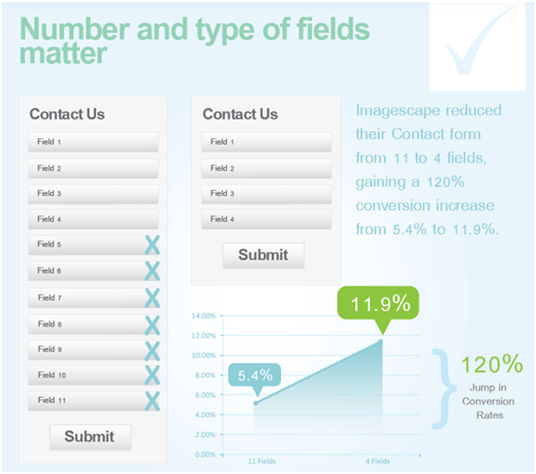
Although you can sell with your landing page if your customers are familiar with your products and services.
But if you’re just getting started, approach it differently. Offer a 14 or 30-day free trial if you sell membership platform, software or tool.
Then offer so much value and awesome customer service to users who sign up. At the end of the trial, a lot of them will likely renew.
Does Landing Pages Work Best with Paid Traffic or Organic Traffic?
If you’re wondering what the best source of traffic will convert better on your landing pages, this section will do justice to it.
Here’s the truth:
“Primarily, landing pages are designed to convert paid traffic into customers. So it works well when you’re running Google Ads, Facebook Ads, Pinterest Ads, or sponsored posts.”
With organic traffic sources (such as free Google traffic, Facebook traffic, blogging), you can link to your homepage. After all, you’re not going to waste any money if people don’t take the required action.
But when you run Google Ads, for example, you deliberately choose where the link takes your visitors. This is important because every click has to count. It’s all about ROI — how much you’re getting for every click on your ad.
One of the reasons why Google Ads generate $2 revenue for every $1 invested is because advertisers use high-converting landing pages to engage with prospective buyers.
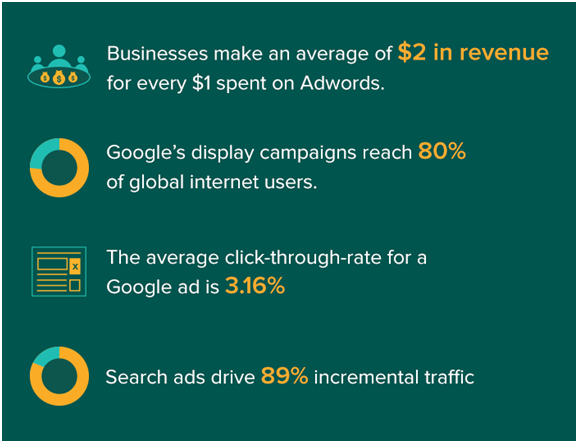
Always send visitors from paid ads to your landing page. There you can capture their contact information and start nurturing them.
Even if they didn’t buy your product in the next 30 days, you have their email address and name and can easily remind them to do so.
Essential Landing Page Elements
Having understood what a landing page is and how to use it to boost your conversion rates, it’s time to discuss the 5 essential elements of a perfect landing page.
For reference, here’s an infographic that shows how each of the elements blends in perfectly on a landing page:
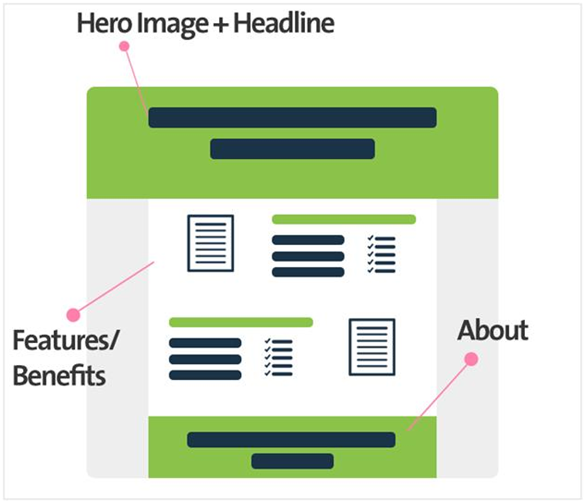
No two businesses are created equal. The type of landing page I decide to use may not necessarily work for you.
However, we’re looking at a good framework for understanding what goes into a landing page that converts visitors into leads.
1. Above-the-Fold Section
“Above the fold” is an important section — it refers to the main section a user sees before scrolling down the page. In the marketing space, it’s the top 600-pixel section of any landing page.
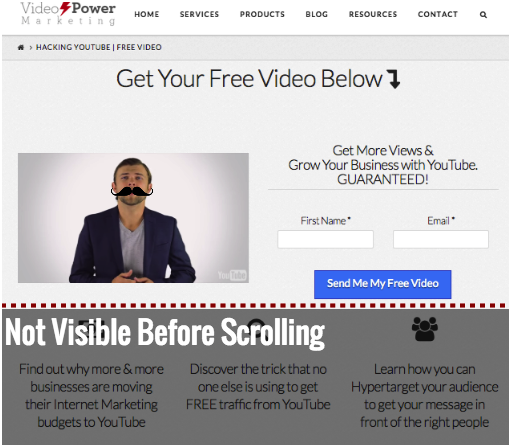
Given that ‘above the fold’ section is visible to everyone, make sure it contains your strongest content. It should draw people in.
You need a good story to captivate the audience. Make it as compelling as possible.
The headline mostly appears above the fold. So make it catchy, beneficial, and relevant. You can also use a subheading to further drive the message in your headline home.
Adding a clear and persuasive call-to-action (CTA) will also boost conversions by 80%, according to Nielsen Norman Group.
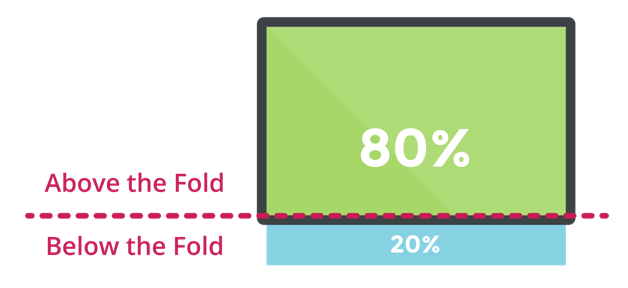
Now that you’ve seen a couple landing page examples, what is a landing page when you break it down into parts? Let’s examine the most critical parts of any landing page so you can put together your own.
2. The offer
Your offer is the lifeblood of your landing page. So make it accessible throughout the landing page. Convey the message in your headline, sub headline, copy, visuals, and call-to-action.
Don’t offer too many resources at the same time, on one landing page. Instead, create a new landing page for another offer.
Here’s an example of a disjointed landing page offer — it offers expert advice on Skin Treatment, Weight Loss, and Muscle Recovery:

When people land on your page from either a paid traffic source or organic sources, you have to give them a ‘good’ reason to trust you. If that trust isn’t established, it’d be hard to convince them to enter their contact information.
Being creative is good, but choose to be specific and relevant. Creative language may seem to work — but prospects will soon get tired of it.
3. The Layout and Navigation
Is it necessary to include navigation on your landing page?
Most marketers believe it distracts (I think so, too), and causes people to bounce off the page as they click on the menu links, while some point out that it’s a good practice to add navigation links if you want to ‘at least’ redirect users to another page if they weren’t interested in the current page.
To cut through this noise, the best approach is to test both ideas for yourself. If you choose to get rid of the primary navigation elements, would it be possible to include a call-to-action link instead?
The simple rule, though, is to make sure that your navigation (if you choose to use it) opens up in a new window.
When it comes to layout, a single-column layout without a sidebar works performs best in most landing pages that we’ve worked on.
Your layout needs to be attractive, otherwise, 38% of people will stop engaging with your website, according to Digital Information World. Can you beat that?
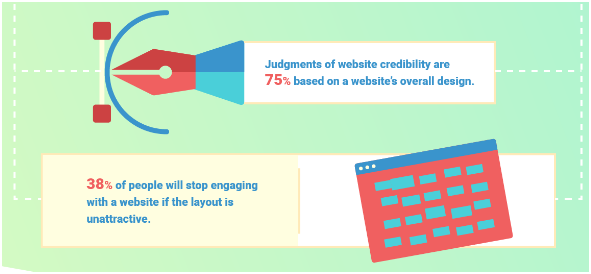
4. The design
Your landing page design matters a lot. You need to be consistent with your branding colors and imagery.
According to Social Media Today, “94% of online consumers say bad design is the major reason they don’t trust some brands.”
As much as possible, don’t use stock photos — get original photos from your office or hire a professional graphic designer to design a custom image for your landing page.
Agico’s landing page uses custom illustrations instead of stock photos. Do you love it?

If you want visitors’ eyes to go in the direction of your lead-capture form, use arrows and other design elements.
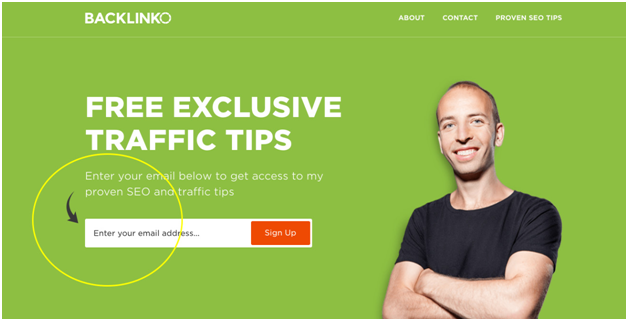
Avoid cluttered designs and layout. Make it as clean as possible. Your offer and brand story are the ultimate focus — make sure they’re visible and well communicated throughout your page.
5. The copy
If you know how to write persuasive copy, you’ll generate a lot of leads online. Visitors will read your copy and decide to take action or leave.
So make it count!
Create a copy with your target keywords in mind. Wrap your copy around the offer and use questions to draw the visitor into your page.
If your landing page is helpful, comprehensive, and well-formatted, it can generate organic traffic from Google as well.
More importantly, copy-edit your copy to fix grammatical and spelling blunders. Don’t forget to choose a font size and style that will appeal to your readers and feel good in their eyes.
6. The form
The landing page form is a set of fields that prompts the user to input their details.
If you want more people to respond to your landing page form, a few fields are all you need. Adding or removing certain words on your forms and CTAs can increase conversions.
For instance, when the Betting Expert removed the “privacy” statement on its form, it resulted in 19.47% more signups. That doesn’t mean you should remove yours, just test it out first to be sure.
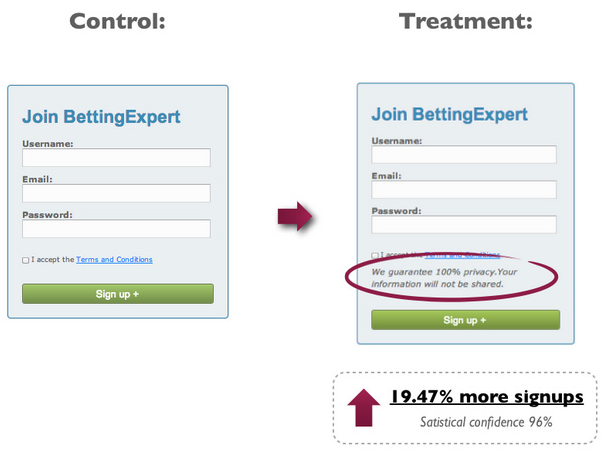
So what sorts of information should you collect from your audience?
Some marketers like to collect basic information such as name and email address, while others prefer to capture phone numbers, professions, countries, and so on, in addition to the names and email addresses.
At the end of the day, the best forms look exactly like the other page elements. It doesn’t scream’ at the visitors, even though it stands out for visitors to see it.
In your form, tell visitors what they will get after filling the form. Your call to action button or link should indicate exactly what they stand to gain.
For example, if you’re giving away an eBook, then your CTA button should read “Download the Ebook” or “Get Your Free Ebook,” or something similar.

Conclusion
So what is a landing page?
It’s that standalone page that connects prospects to your offer, turns them into leads, and nurtures them to become customers.
Truly, creating high-converting landing pages is about more than having a great design and valuable lead magnet. You also need to simplify the entire process for the visitor.
In other words, if you want visitors to submit their contact information to sign up to try your software, ask them to do so. Don’t ask them to get more information or learn more.
